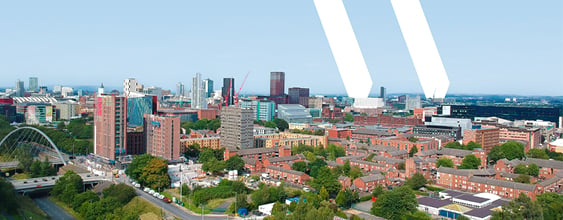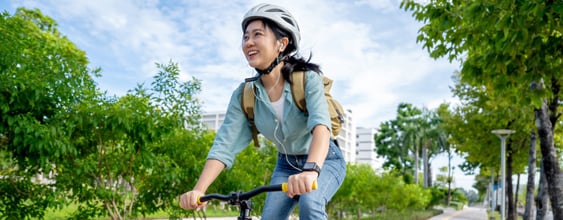The 2020 budget committed to ensuring that New Zealand has modern infrastructure that supports our transition to a more productive, sustainable and inclusive economy. GDP growth isn’t correlated with improvements in wellbeing [1] and, like many developed countries, we’re looking beyond the traditional narrow metrics of financial prosperity to measure productivity.
Covid-19 has intensified the importance of infrastructure investment as we look to find ways recover the economy, while staying focussed on the wellbeing of our team of five million.
The guiding lights are bright. The UN Sustainable Development Goals and the New Zealand Living Standards Framework both prescribe to the notion that infrastructure plays a fundamental role in helping to reduce inequality, drive productivity and increase wellbeing. So how do we do this?
We need to practise inclusive infrastructure investment. Inclusive infrastructure enhances positive outcomes in social inclusivity and ensures no individual, community, or social group is left behind or prevented from benefiting from improved infrastructure.[2] These are projects that deliver better access where it is needed most, equitable public services, social connectivity, decent employment, and digital connectivity, while prioritising the environment rather than merely considering it.
Let’s start with a topic close to my heart – viable transport options beyond the car. Access to employment, education and leisure activities should not be limited to those that have the means or ability to drive. Transport provision for all New Zealanders means investment in high-quality public and active transport enabling everyone including lower income New Zealanders, the disabled, the young, and the elderly to access public amenities with the same or better ease than those who are able to drive. It is about removing the barriers that deprive elements of our community to live and prosper.
Two of the projects I have led in my time at WSP have delivered this particularly well.
Auckland Transport’s AMETI / Eastern Busway is a fine example of improving transport accessibility and choice by offering attractive alternatives to car travel. Not only does it dedicate space for the busway, cycle and walk ways, it is a catalyst for economic growth and regeneration for Botany, Pakuranga, Panmure and the surrounding areas.
The first stage, which included the new Panmure bus/rail interchange, has resulted in massive growth in rail boardings at the station from 200,000 per year in 2013 to over 900,000 in 2019. Community input during the design stage resulted in better non-transport outcomes such as the remediation of the ecologically important Van dames Lagoon recreation area. Media reports and land agent publications show that uplift in local land prices for both residential and commercial zoned areas has been substantial since construction of the project started in 2011. A New Zealand Herald article in December 2015 (Colin Taylor, 2015) stated “The completion of the first stage (of AMETI) has already made a noticeable economic impact in the suburbs of Glen Innes, Mt Wellington and Stonefields” and “Twelve months after the completion of the first stage of AMETI there has been a rapid growth in residential developments in the area.”
The Waka Kotahi Northern Corridor Improvements project is another example where the provision of better transport infrastructure for buses, walking and cycling alongside relieving a major motorway bottleneck, will result in extended travel options. It recognises that not all users of our state highway network want or need to drive despite travelling to diverse locations.
The improvements include extending the wildly successful Northern Busway an additional 4km to Albany Station improving journey times and reliability, along with improved bus stations at Albany and Constellation and a new bus station at Rosedale (in co-operation with Auckland Transport). There will be 6.5km of new walking and cycling paths alongside the motorways including new crossing opportunities such as the dramatic Tirohanga Whānui footbridge north of Greville Road that was co-designed with local Iwi.
Inclusive infrastructure investment is imperative for the wellbeing of our society and our environment. Its returns pay dividends through a productive economy and a thriving and more equal Aotearoa.















